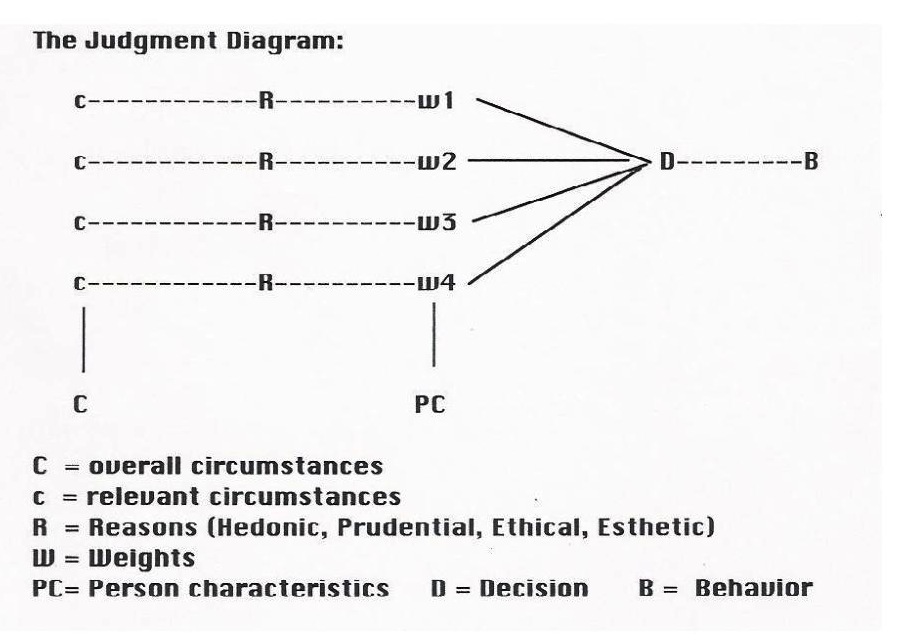We have all been witness to the degrading spectacle of a politician apologizing for a sexual transgression, promising it will never happen again, and then it does.
Sexual behavior is particularly hard for some to renounce or to acquire self-control, but the same can be said for many of our “appetites”. When these troubles narrow a person’s world sufficiently we call it an addiction. Sometimes the behaviors form a pattern that can only be seen when a fair amount of life has passed.
We wouldn’t have much country music without our proclivity to repeat mistakes, to return to the same bad relationship or repeatedly find love in all the wrong places. Opera would have lost half its repertoire. The Greeks would only be known for their comedies.
Why do we sometimes act in such a self-defeating manner?Psychoanalysis has theoretical explanations: a “return of the repressed”, a “return to the bad object” and the “repetition compulsion”. Freud took libidinal desire as a need, expressed, tamed or sublimated, resulting in civilized discontent at best. He (and nearly everyone else) points out that visceral pleasure is a fundamental organizer of behavior. If it feels good, a person has a reason to do it. But, we also have reasons not to express it; prudent, aesthetic and ethical reasons also count. How we weigh these motives is a significant personal characteristic. No matter how intense the want or the reasons in favor, we may have stronger reasons to do something else. This is central to civil life. In addition, once a pattern of arousal has been established, it is almost impossible to extinguish. Like it or not, what turns us on, turns us on.
A maxim: If a person recognizes an opportunity to do something he wants, he has reason to do it unless…
Let’s start with a simple reminder that unless behavior is coerced, misconceived, or accidental, it is intentional and expresses something a person wants to do. “I can’t help myself” is equivalent to: I do not have sufficient reasons to override what I am doing.
Here is a Descriptive Psychological formula that reflects the relationship between opportunity, motive and behavior.
The Relationship Formula
IF:
“X” has a given relationship “R” to “P”
THEN:
The behavior of “X” in respect to “P” will express “R”
UNLESS:
1) “X” doesn’t recognize the relationship for what it is.
2) “X” is acting on another relationship that takes priority.
3) “X” is unable to act in ways that express that relationship.
4) “X” mistakenly believes his behavior reflected that relationship.
5) “X” miscalculates or the behavior miscarries.
Sexual desire may be both a want and a need. Its needful aspect may be forceful, driven. Sexual arousal is insistent and intrinsically carries motivational weight akin to hunger. Obviously. This is why the promise to stop is hard to keep.
Renunciation is even more difficult if the other core perspectives are underdeveloped, undervalued, or less available. If ethics and aesthetics don’t count for much or if prudential self-protection is overridden by unrealistic self-regard and entitlement, there may not be counterweight for the hedonic reasons.
A person’s life has patterns of significance across varied behaviors and social practices. The patterns establish the particular drama that characterizes an individual. Significant motives acknowledged or not, known or not, render particular performances or implementations unsurprising, given what the person was actually trying to accomplish. Although the community might think everyone should know what they are up to, some unfortunate souls only recognize themselves after the damage has already been done. Even then, they might not recognize themselves. Or, they do know, but their ideology, religion, or politics give them reasons to be reluctant to examine what they should know about themselves. The under-examined is difficult to socialize and control.
In a curious essay Freud wrote about whether people should take responsibility for their dreams. In spite of seeing dreaming as mostly an involuntary activity, he answered yes. As he saw it, it would be negligent not to. If the dreamer doesn’t hold himself responsible for his dreams, his neighbors will. By this Freud meant that to the extent dreams reveal a person’s significant characteristics, they also show something relevant to what a person might actually do. The moral point of psychoanalytic treatment was to examine people’s under examined qualities, qualities otherwise unavailable for deliberation. If you don’t know what you are doing, it is very difficult to do something else instead.
People may join the priesthood or align with a political ideology hoping that their problematic desires will be kept in check. That will be the outcome only if there is sufficient self-understanding, a lack of opportunity to act out, and the balance of stronger intrinsic values.
Promises are to be kept or not. If there is an underdeveloped prudent, aesthetic or ethical perspective, a pattern of wanton disregard, arrogance and sexuality may have no adequate balance, promises aside.
The Judgment Diagram is the format for understanding how a person weighs his or her circumstances, forms an appraisal (with or without deliberation), and acts accordingly. A person’s “true colors” are revealed by the weights they give their various reasons to act one way or another. This diagram serves as the basis for the Psychodynamic Judgment Diagram where unconscious and under-examined motives are included in the judgment.
Sources:
Our authors want to hear from you! Click to leave a comment
Related Posts





